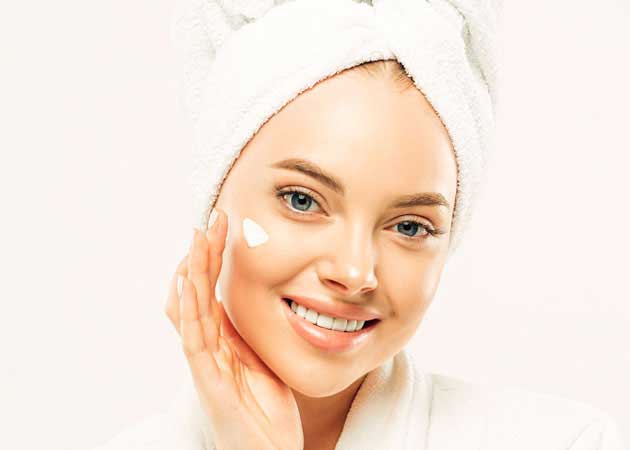Navigating a skincare routine for teens can be challenging. It’s that age when hormones kick in, and before they know it, they’re hit with oily skin and acne. However, teens’ routine and products can help set up their skin for later life. Youthful skin is the foundation from which skin starts, and cell turnover slows down as age sets in. Taking care of skin the right way early in life means steps ahead when wrinkles, fine lines, crepey skin, and age spots start appearing later in life.
Acne is the most dreaded of the changes that teens will face. Overactive oil glands cause it in the skin and a build-up of oil, dead skin, and bacteria, leading to inflammation in the skin’s pores. During puberty, oil glands become stimulated, releasing an excessive build-up of oils, causing teenagers to break out. Acne can occur on the face, neck, chest, back, and shoulders. These are the areas of the body with the maximum number of functional sweat glands.
DIFFERENCES BETWEEN TEEN & ADULT SKIN
Structural Changes: As a child, skin renews itself. New cells are made in the lower layers of the epidermis. These move to the surface and this constant renewal replaces the lost cells. The old cells fall to the ground as tiny flakes of skin when the skin is rubbed. As the teenage years begin, the renewal frequency slows down and becomes tougher and less resilient. The facial skin of teens has plenty of collagen, but the onset of adult years slows down the production of collagen, making skin prone to sagging, fine lines, and wrinkles.
Hormonal Changes: As hormones change, skin issues develop. As mentioned above, the production of oils in the skin combined with sweat results in acne. This is not just a teen issue, however. Adults also get acne, though the frequency is less.

RECOMMENDED TREATMENTS
While a dermatologist is recommended if you don’t know how to treat acne, here are some tips for early treatments:
Cleansers: Use a kid friendly and gentle cleanser to wash the face. Don’t scrub harshly. Use gentle circular motions instead, making sure to reach every inch of the face. When choosing a cleanser, keep in mind your skin type. Generally, an oilier skin type will benefit from a foam formula; a drier skin type loves a milk or cream cleanser; all skin types can use a gel cleanser. Choosing the best cleanser for a teenage skincare routine will get the maximum results.
Moisturizers: Apply a good moisturizer to help keep skin hydrated, supple and to prevent skin stress that can cause wrinkles and fine lines. A lightweight, oil-free moisturizer is best for oily skin. A gel-based moisturizer is good if the skin is prone to acne.
Exfoliate: Use a clay-based exfoliate product as it has natural antiseptic and astringent properties. A homemade scrub is good and can easily be made from a mixture of oatmeal, honey and milk.
Sun Damage: Use a broad spectrum moisturizing sunscreen with zinc oxide and an SPF of 30 or higher for UVA and UVB coverage.

Makeup: Clean makeup brushes regularly to avoid the accumulation of bacteria. Avoid sharing makeup, especially the eye and lip products. Wash makeup off before bedtime. Do not leave it on overnight as ti will clog pores and lead to breakouts.
Washing: Use lukewarm water to wash your face twice a day. The right temperature water will help loosen the dirt but help preserve the skin’s natural oils.
Diet: Eat a balanced diet consisting of green vegetables and fruits. Avoid oily and sugary foods that will aggravate your skin conditions. Go for foods that are rich in omega 3’s and good fats, such as salmon, avacado and nuts.


